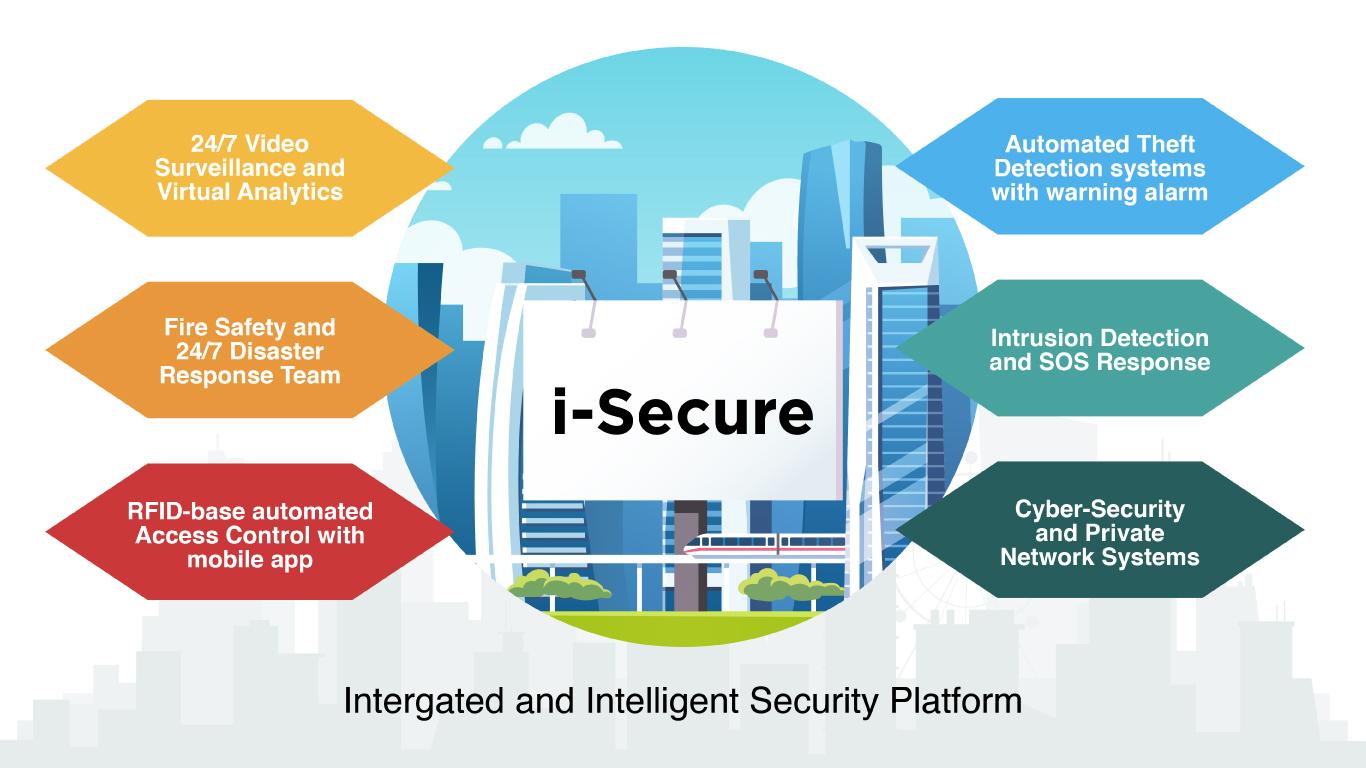The infrastructure of the future have to be safe, comfortable, energy-efficient, and smart. Forward-thinking designs and a holistic proactive approach will be key to ensure world-class safety to the communities and workspaces of tomorrow. Intelligent solutions and innovative, networked technologies that interact with and learn from one another will transform conventional structures into smart buildings.
Today’s building technology are generally composed of a number of different individual security systems, including statutory fire protection measures, data networks, and telecommunications equipment, as well as access control, video surveillance and lighting systems.
In the present, these systems are most often managed and serviced by separate management systems which require extensive labour and result in astronomical operating costs, while also making the system work in silos in an inefficient manner
At NSPL we have put together centralised management systems of the future leveraging AI, RF sensors and machine learning, capable of networking these disparate building management systems and integrating existing structures with third-party systems. Unifying a range of different subsystems in a complete, overarching system makes it possible to automate processes, combine individual functions, and control these functions using a single, centralized platform. These types of comprehensive solutions significantly augments security, boosts energy efficiency via unified monitoring processes, and reduces operating costs.
In addition, we also ensure reliable delivery of security services, from monitoring and management to optimization and remediation. We provide system-tools to quickly sort through mountains of data generated by multiple systems and logs & thus identify the sources and causes of suspicious activity so that problems can be addressed before trouble escalates. Our Intelligent Security involves integrating or layering a variety of technologies to look for anomalies in data from multiple sources that help connect the dots to identify security threats.
